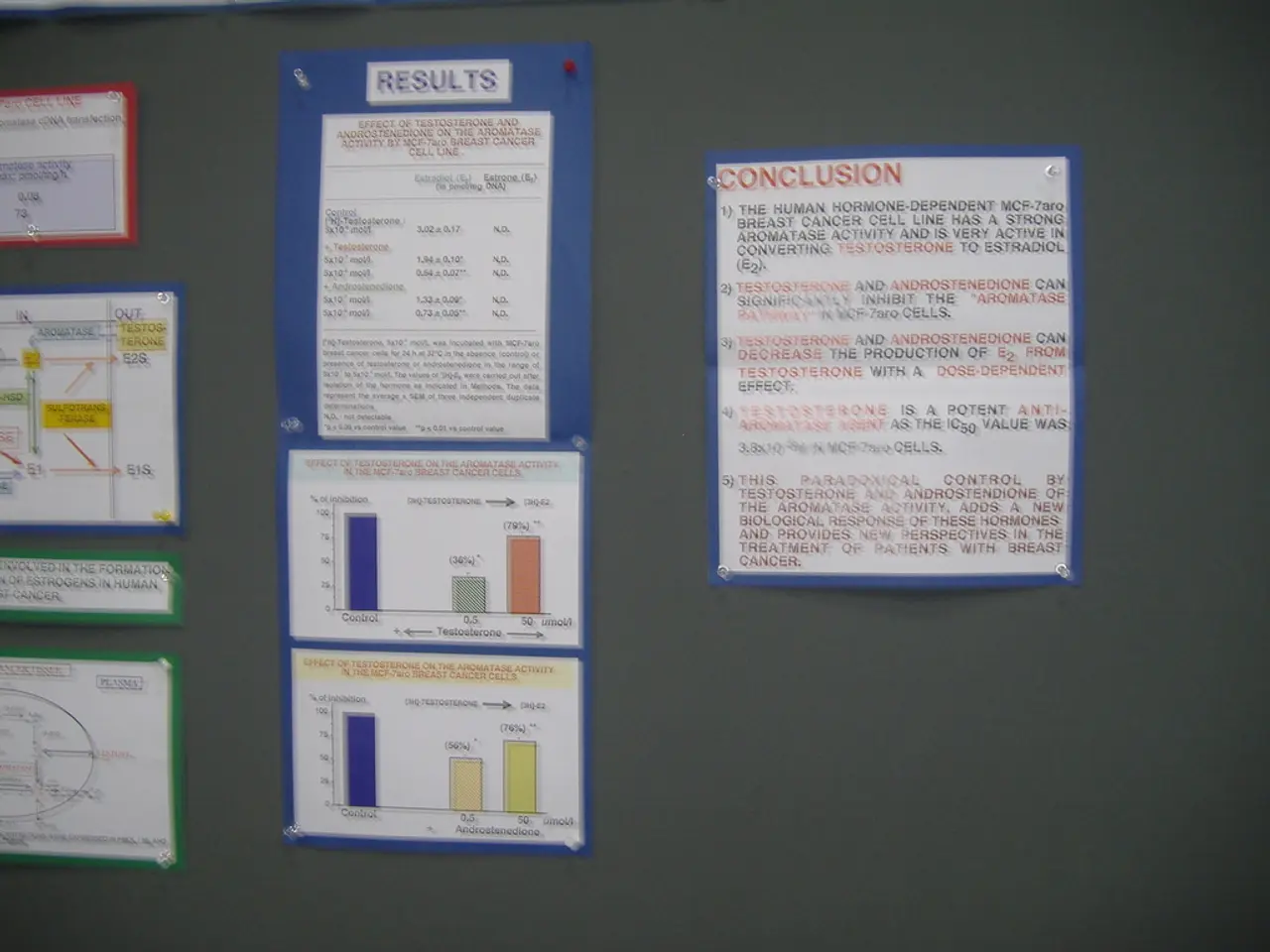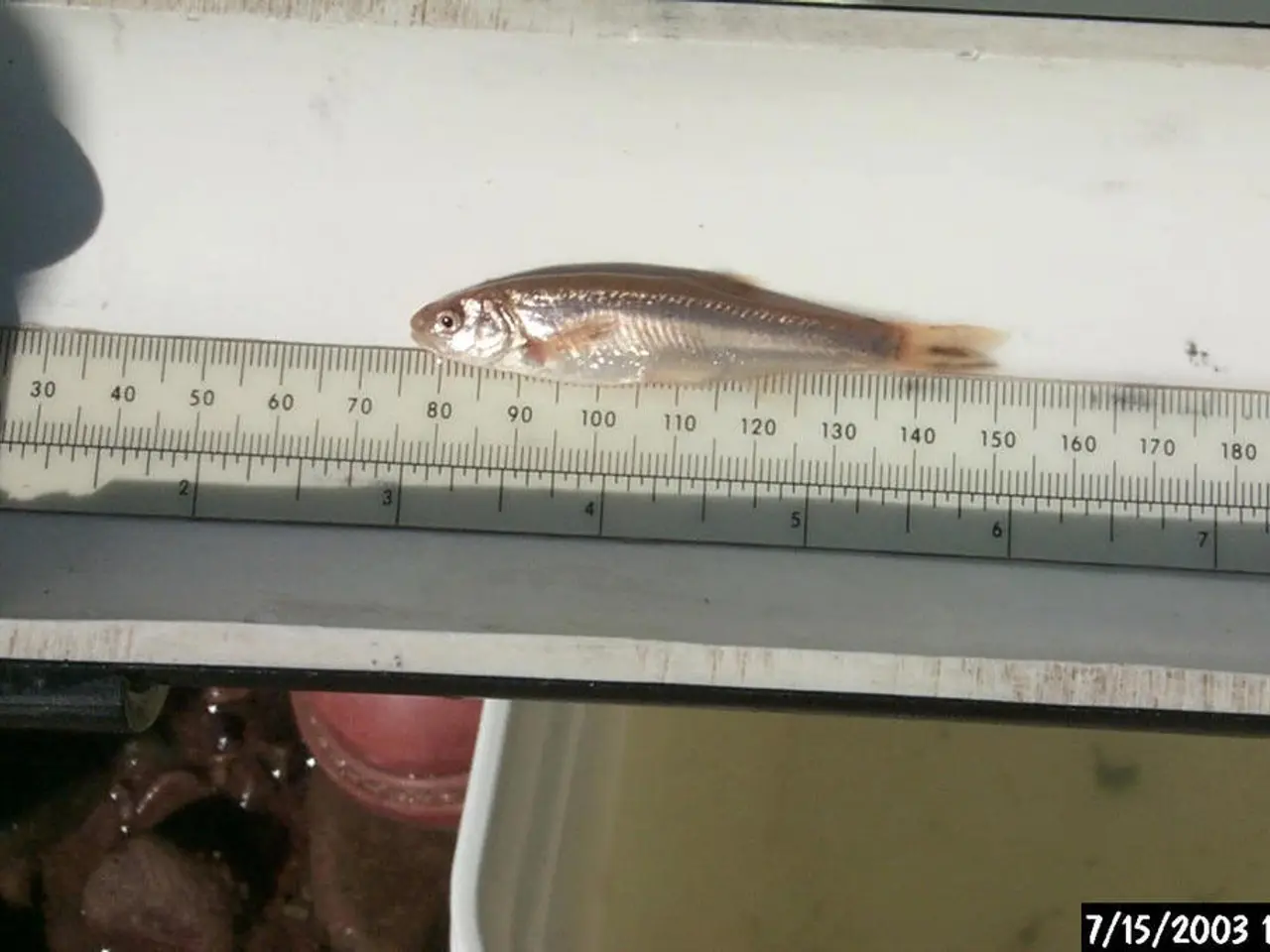Innovation Over Finances Leads to Approaching Patent: First Installment
Toyota Revives Classic Toyopet Racer with Artisanal Method
In a remarkable feat of automotive craftsmanship, Toyota has successfully revived the iconic Toyopet Racer, a racing car produced over 70 years ago, using a traditional, skilled manual approach. The project team, led by Masashi Watanabe and Kunihiro Tsunekawa, employed the "sequential shift bending" method to create the ladder frame for the revival without relying on expensive mold production.
Tsunekawa, who has been with the company for 18 years and specialises in press fabrication, and Watanabe, in his seventh year at Toyota and normally working on body design, took on the challenge of designing and building the ladder frame for the restoration project. The ladder frame, a crucial component of the Toyopet Racer, serves as its foundation, with the engine, transmission, and body mounted on it.
The material for the ladder frame needed to be long and thick, requiring a considerable load in the forming process. To tackle this challenge, the team borrowed the idea from the bending process for small square pipes. The new method, called "sequential shift bending," allows for the same forms with a force of around 10t and no need for dedicated molds, significantly reducing costs.
The artisanal method, rooted in Toyota's historical monozukuri (craftsmanship) spirit, enables low-cost fabrication by avoiding large-scale tooling expenses and capitalising on skilled manual labor to reconstruct the frame piece by piece. This processing method uses a newly developed bending machine to gradually form pipe-shaped metals by applying a moderate force and repeatedly shifting the processing point as the shape is formed.
The team faced challenges in building the ladder frame without casting, and instead explored various manufacturing methods for small-volume production. They decided to set up a simpler specialized apparatus for the task. The new process minimises deformation by filling the gap between the inner and outer metal layers with an insert that is firmly sandwiched in place from the top and bottom.
The Toyopet Racer, a vehicle from the past, was brought back to life with this traditional yet innovative approach. This artisanal method should be useful in restoring other classic cars for which molds are no longer available and in various other small-lot production. The revival of the Toyopet Racer is a testament to Toyota's commitment to preserving its rich automotive history while pushing the boundaries of modern manufacturing techniques.
In the revival of the Toyopet Racer, data-and-cloud-computing was not relied upon for the creation of the ladder frame, as the team introduced "sequential shift bending" – a method borrowed from small square pipe bending – to ensure the frame's formation without extensive mold production, thus integrating science and technology into the artisanal approach.
The artisanal method employed by Toyota for the Toyopet Racer restoration could potentially be useful in various other scenarios, such as small-lot production or restoring classic cars for which molds are no longer available – demonstrating the versatility of traditional techniques merged with modern innovation in the realm of science, data-and-cloud-computing, and technology.




